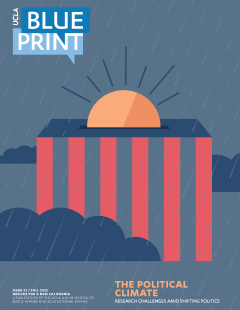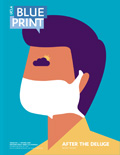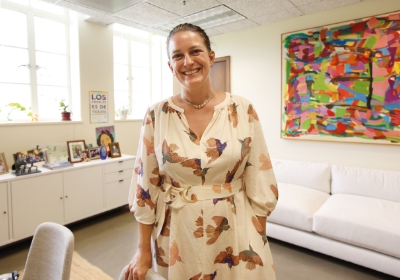The June 24 victory OF Zohran Mamdani in the New York City Democratic mayoral primary was, as many have noted, a political earthquake. In its wake, one of the aftershock questions was: What repercussions will Mamdani’s win have on other cities, including Los Angeles?
It’s an understandable take, but it’s also backwards. The appropriate question is not how will the Democratic Socialist candidate’s victory shape future L.A. elections, but rather, how did past L.A. elections shape the NYC contest, which culminates in November with the general election?
Mamdani deserves all credit for coming from seemingly nowhere to fell 10 primary competitors, including political giant and presumed frontrunner Andrew Cuomo. But look closely, and Mamdani’s path has precursors in a quintet of L.A. election results since 2020. In four city council races and one citywide contest, the L.A. political establishment was blitzed by progressive candidates who refused to wait their turn and then, fueled by youthful energy and social media smarts, excited and activated voters who felt they had been overlooked or taken for granted. One can assume that Team Mamdani watched and learned from the L.A. results.
Many Angelenos were stunned in 2020 when left-leaning, first-time candidate Nithya Raman knocked off an incumbent — the first time in 17 years that had happened in an L.A. council race. Two years later, rookie candidates Eunisses Hernandez and Hugo Soto-Martinez — both endorsed by the local chapter of the Democratic Socialists of America — defeated mainstream Democratic party incumbents. In the same election, progressive Kenneth Mejia won the open city controller post, blasting a longtime councilmember. Last year Ysabel Jurado — also backed by the DSA, again in her first race — emerged from a crowded primary to unseat a council incumbent.
None of the five had much name ID before running. That’s similar to Mamdani; he had served in the State Assembly, but as The New York Times wrote in a post-win analysis, “After two terms, he had little power and was barely known outside his Queens district.”
In each of the aforementioned L.A. races, the left-leaning candidate raised less money than his or her opponent. But all had something that would prove more important — an ideological message that drew eager volunteers. Frequently it centered on advocating for fewer police and more resources for people experiencing homelessness. Crowds clambered aboard.
When I spoke with Raman after her 2020 primary win, she described a “volunteer army” that knocked on more than 83,000 doors in the district, including neighborhoods with historically low turnout. The other local candidates did the same, and benefited from support by the DSA and other grassroots organizations that fanned out into neighborhoods. In all these wins, turnout increased significantly over prior elections, and — a key — large numbers of first-time voters, many of them renters, cast ballots. Only in retrospect was it clear how wrong the polls were.
All that happened on a grander scale in New York City. Polls up until election day had Mamdani trailing Cuomo. But when it came time to explain the 56%–44% margin of victory, many of the L.A. factors were cited: That New York Times story referenced his “army of volunteers,” as did U.S. News and World Report and the Guardian, among others. Politico described his “robust ground game operation.” Another New York Times story explored how Mamdani “drew tens of thousands of new voters to the polls.”
This doesn’t mean Mamdani won because of a cookie-cutter candidacy. New York’s use of ranked-choice voting help propel him. More important, he was all over the city and wildly charismatic. He took the viral video approach employed by Mejia in L.A. (and others elsewhere) and regularly made an even bigger social media splash — that could be literal, as when, in suit and tie on New Year’s Day at Coney Island, Mamdani jumped into 40-degree water as part of the Polar Bear Plunge.
The dive had a message (and a pun) as, while dripping, he declared to the camera, “I’m freezing … your rent.” And that is part of Mamdani’s biggest strength: Whereas homelessness and policing were principal concerns in L.A., he smartly, and cheerfully, made affordability the dominant issue in his campaign. His promises of free transit and city-run supermarkets resonated among New Yorkers, though they have attracted criticism in the runoff.
Another factor seen in L.A. could help Mamdani in the general election: All the local left-wing candidates benefited by running against flawed foes. Sometimes there was the scent of scandal. On other occasions it was simply a meh office-holder who seemed to be coasting.
Mamdani’s November opponents include Cuomo, a former governor already vanquished once, and flailing incumbent Mayor Eric Adams, who withdrew from the race in September. All of which could mean the L.A. story plays out in New York.
























